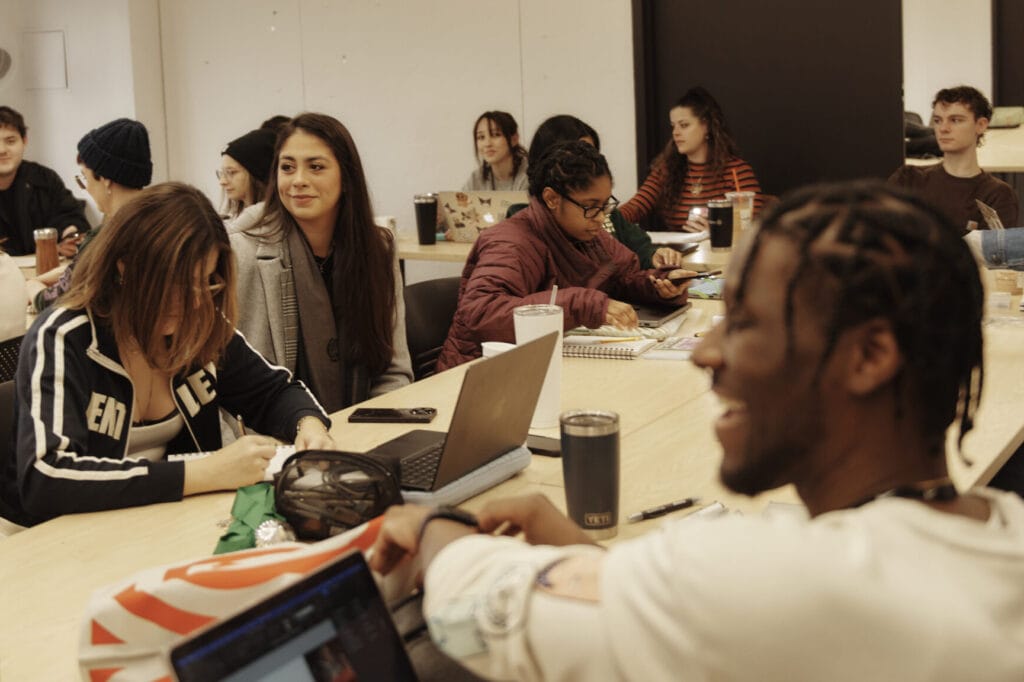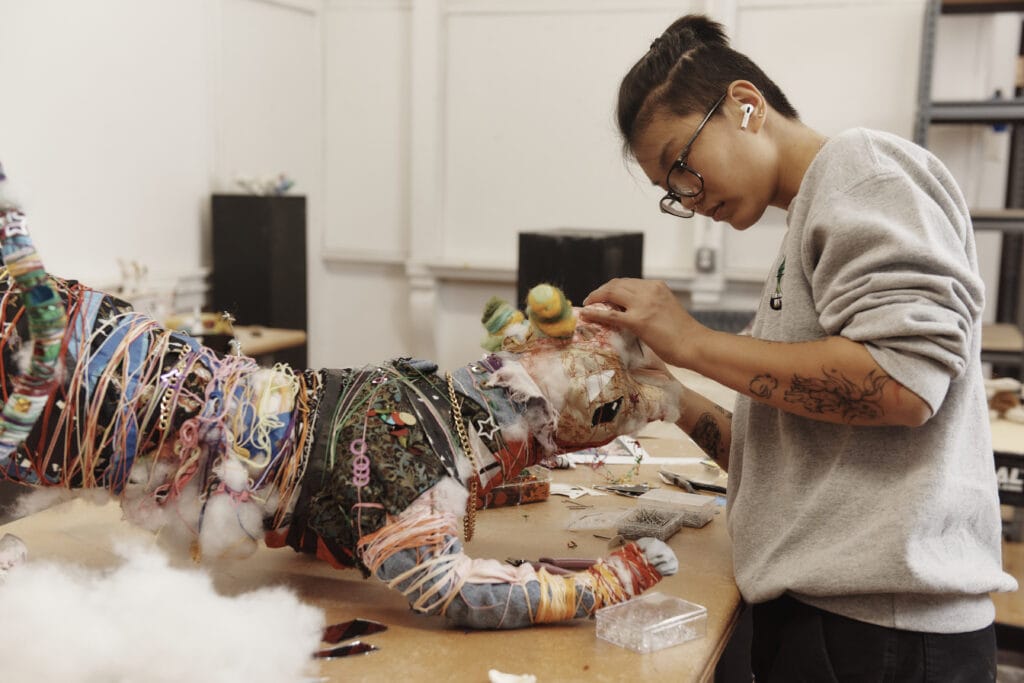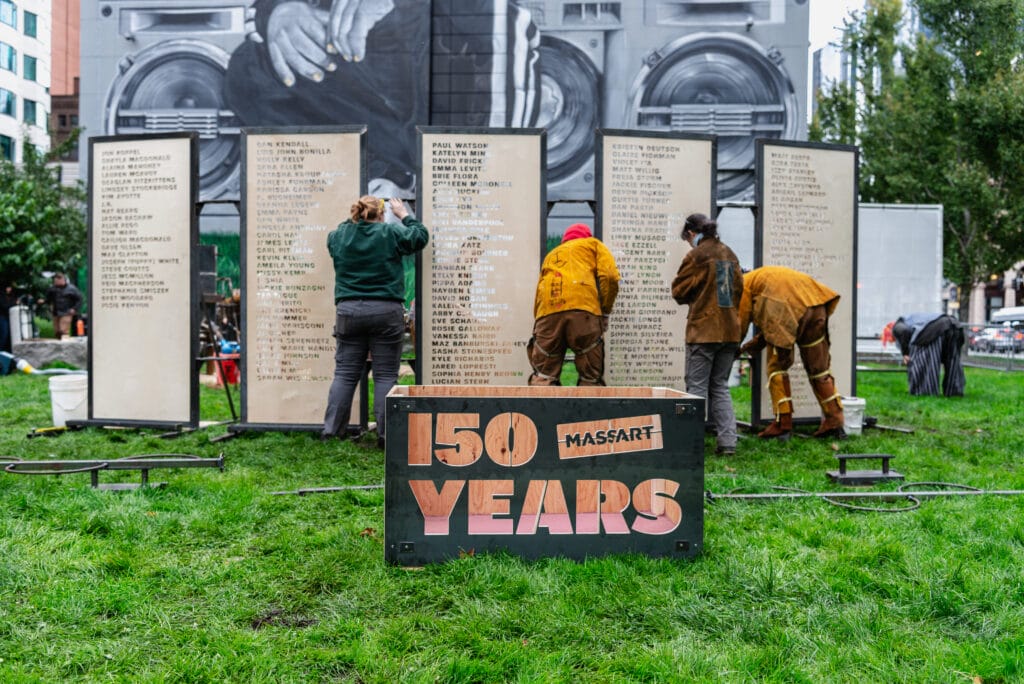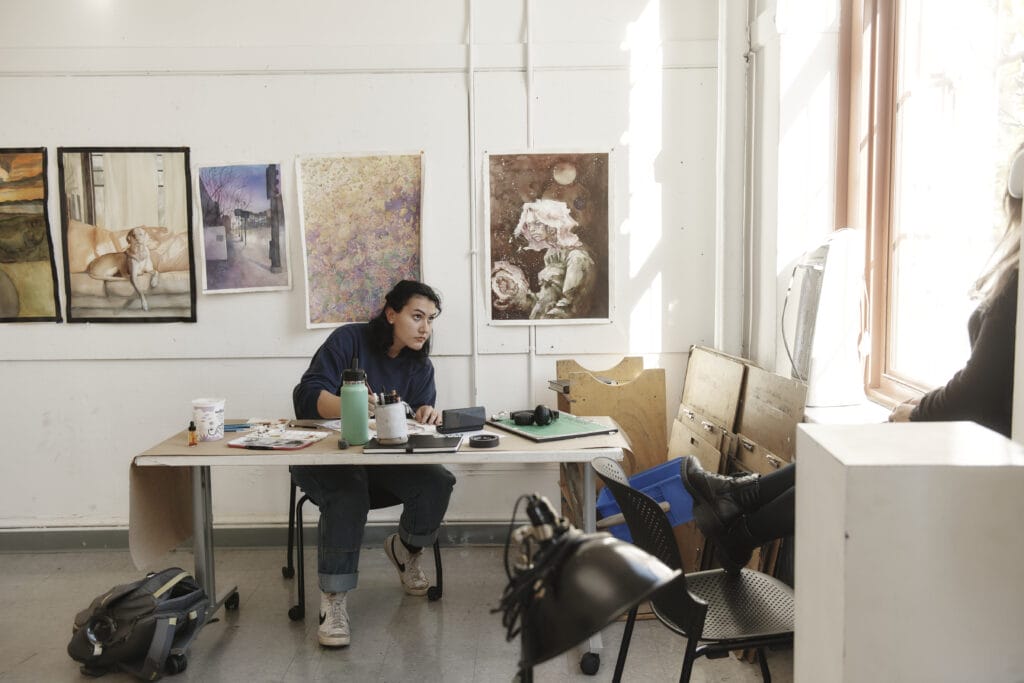An exhibition of works by contemporary artists explores the history of humans displacing nature and the future of nature displacing us.

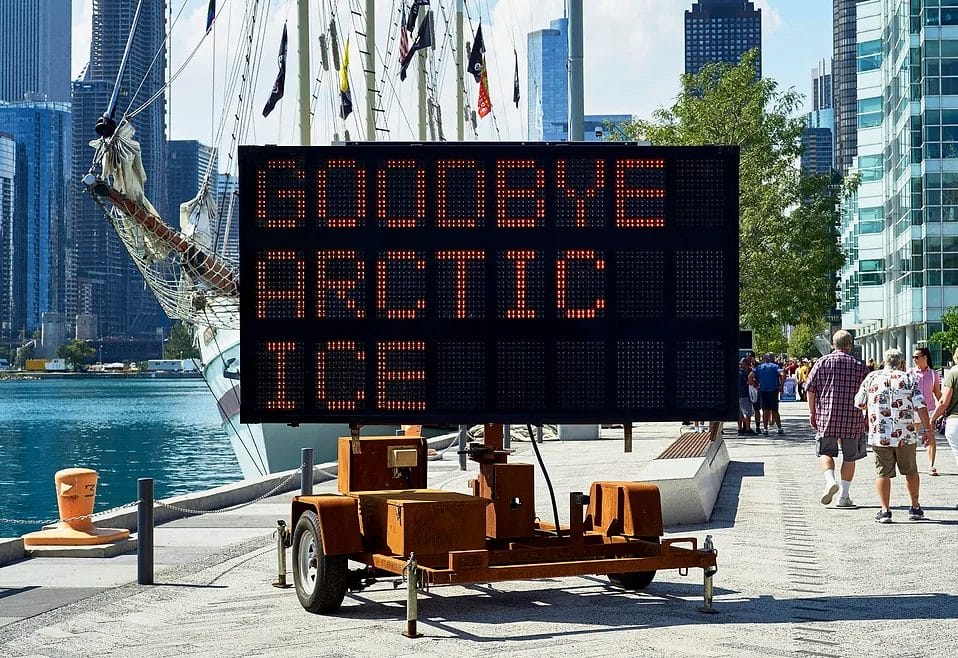

Katie Paterson. To Burn, Forest, Fire, 2021/2024 (Originally commissioned by IHME Helsinki). Bespoke incense sticks. Courtesy of the artist. Photo: Veikko Somerpuro.
February 21, 2024 – Boston, MA The MassArt Art Museum (MAAM) is pleased to announce Displacement, an exhibition of works by contemporary artists, whose practices explore the relationship between humans and their environments. On view June 27 – December 8, 2024, the multimedia exhibition, curated by MAAM Executive Director Lisa Tung, includes textiles, sculptures, film, and scents that examine human-driven alterations to the sea, land, and air, and the ways in which these environments are responding.
Emergent signs of human civilization date back to 9,500 BCE, and for subsequent millennia, societies largely lived in balance with the world in which they inhabited. Average atmospheric temperatures were stable, and flora and fauna could remain in the same places decade after decade. Our ancestors shaped the earth through hunting and farming, and the natural world was robust and pliant.
The Industrial Revolution marked a seismic change in the relationship between natural and built environments. The rapid expansion of factories and concentrated urbanization was made possible by harnessing the power of natural materials, including buried metals and carbon-rich deposits of coal, oil, and methane. The environmental consequences have been cataclysmic and are apparent through the changes in average atmospheric temperatures and increasingly dramatic weather conditions. Civilizations that once existed in harmony with their environments now seem to ceaselessly antagonize the natural world. In response, it has become clear that after centuries of destruction and defeat, natural environments are pushing back. The artists exhibited in Displacement focus our attention on the causes and implications of climate change and global warming.
MAAM will premiere Maya Watanabe’s Zhùr, a single-channel video work about a 57,000 year-old wolf pup that was trapped, perfectly intact, in permafrost. Warmer Arctic temperatures are thawing the permafrost, thereby uncovering ancient life. The wolf will not come back to life, but other organisms, including bacteria and viruses, have the power to re-animate into an unsuspecting world.
Drawing inspiration from the ad hoc constructions built by people forced to leave their homes due to destructive forces brought on by environmental or socio-political crises, Nyugen E. Smith builds alternate worlds. Through his found-object assemblages he taps into various narratives and spaces and the people who inhabit them.
As glaciers warm and melt, their ice turns to water and runs to the sea. Fuelled by this influx of fresh water, oceans are rising and promise to rise much further. In Sandcastles, Ellie Schmidt documents the growing tension between the idyllic, coastal life that was built on the assumption of a stable shoreline and the ocean that is now advancing.
Sandra M. Sawatzky’s The Black Gold Tapestry, which will be on view in the United States for the first time in its entirety, depicts humanity’s history with oil. Spanning over 200 feet, this “film on cloth” inspired by the Bayeux Tapestry, painstakingly illustrates the effort, invention, and destruction that literally ignited industrialization.
Katie Paterson’s To Burn, Forest, Fire presents an immersive olfactory artwork, intending to transport participants through time, serving as a reminder of humanity’s role in increasing levels of extinction. The artwork involves burning two incense sticks – one evoking the scents of the earth’s earliest forest and the other imagining the aroma of the last forest. To Burn, Forest, Fire will be illuminated and burned intermittently during the exhibition.
LOT-EK designs ingenious seating and lounging areas from repurposed, decommissioned shipping containers that have reshaped how almost all commercial products move around the world. These steel boxes are nearly ubiquitous, and as global material consumption continues to grow, so too does the number of containers. By reclaiming and recontextualizing these vessels of global trade, the work invites viewers to consider the immensity, invisibility, and intimacy of consumer culture.
Imani Jacqueline Brown’s installation What remains at the ends of the earth? is an examination of the intersecting histories of land inhabited by Black Louisianans. Comprising a circular video projection and two curved prints, it reveals how fossil fuel infrastructures perpetuate colonial legacies of racial and environmental injustice. Brown’s work advocates for landscape reintegration and economic reparations, connecting historical wrongs to contemporary ecological challenges.
Akea Brionne examines the impact of colonial systems on cultural storytelling through, in the words of the artist, her “lens-based textiles.” Recounting her family’s migratory patterns from Central to North Americas, the artist sees water as an elemental force. Changing coastlines and both flood and drought are byproducts of climate change, which in turn shape familial destinies.
Justin Brice seeks to help modern civilizations reconnect with the natural world. Utilizing roadside construction signs that normally say DETOUR or give other instructions for safe driving, Brice has programmed aphorisms that call our attention to the current climate crisis. For Displacement, Brice’s roadside signs will be installed in the Fenway, reminding passersby of the omnipresent and expanding human footprint. Visitors to MAAM will receive a miniature sign, a WE ARE THE ASTEROID pin, which serves as a reminder of the impact we have on Earth.
In investigating the historic and current relationship between civilizations and their environments, a range of issues are called into the frame, including migration, adaptation, and extinction. The visual languages of the artists in Displacement offer a lens through which the arc of human-environmental dynamics can be assessed and reconsidered.
About the MassArt Art Museum
The MassArt Art Museum (MAAM) is Boston’s only free contemporary art museum. After extensive renovations, MAAM opened in February 2020 in the space formerly known as the Bakalar & Paine Galleries at the heart of MassArt’s campus on the Avenue of the Arts. MAAM is a kunsthalle, or non-collecting museum, showing temporary exhibitions that feature the work of emerging to established artists to bring fresh and varied perspectives to Boston. As MassArt’s teaching museum, MAAM is a resource for MassArt students and faculty, educating students about contemporary art, partnering with faculty to support the curriculum, and preparing students for careers in the museum field. As an extension of the College’s public mission, the Museum offers pathways to education in the arts and free educational programming for the public.
Press Contact
Thomas Brown, Thomas Brown Communications
thomas@thomas-brown.info | +1.917.968.3351

